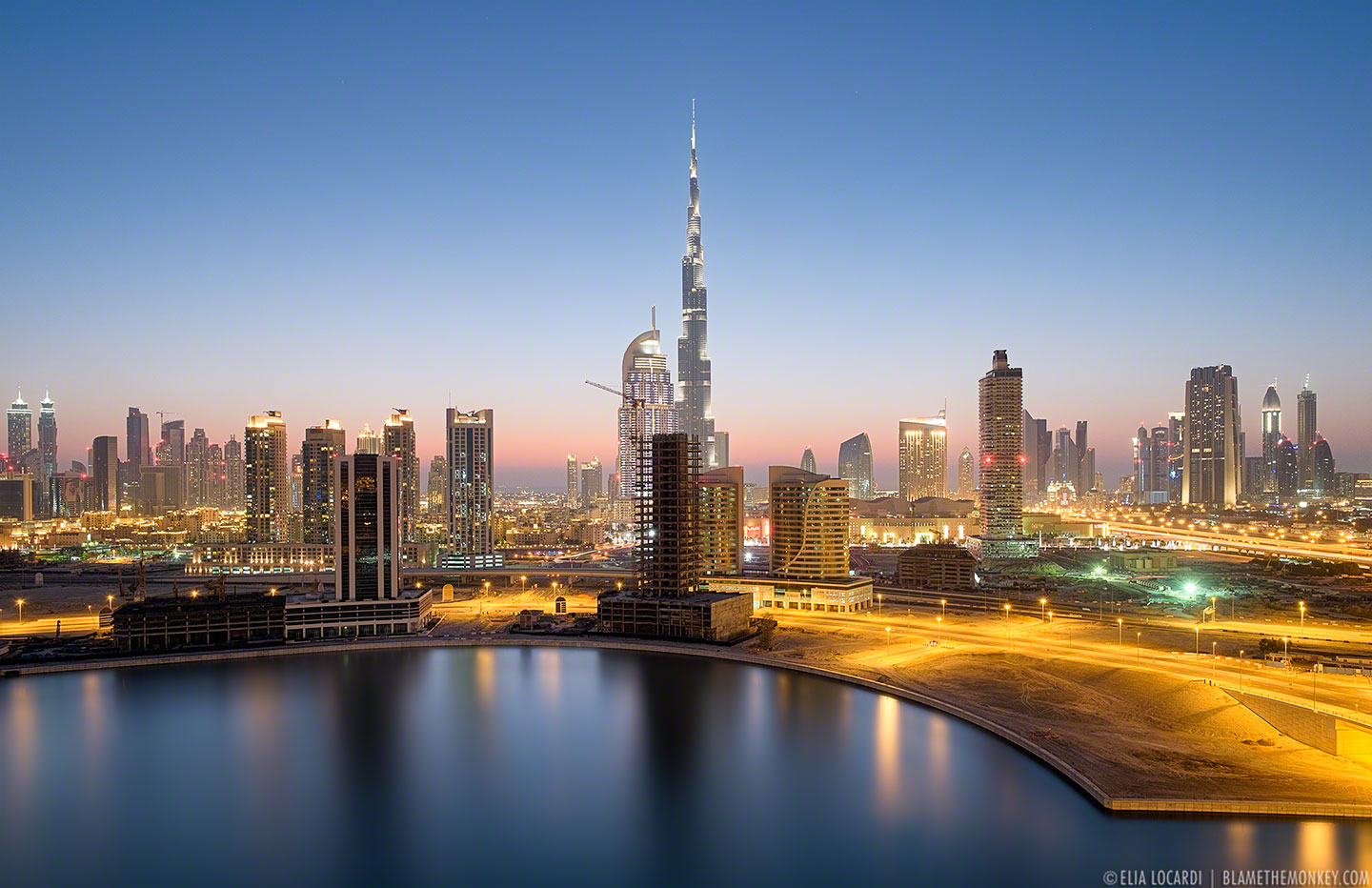Killings in Congo’s northeast spark fears of a return to war
AS HE SLIPPED out of consciousness, Batsi Lokana watched the militiamen who had attacked him slice off his mother’s head. When he came to, her body was gone. “Either they ate her, or they threw her into the river,” he surmises from his hospital bed in Bunia, the capital of the Democratic Republic of Congo’s Ituri province. Given Ituri’s history of gore, it is not a far-fetched conclusion. The past two decades have seen civil war, mass killings, systematic gang-rape and a vile scramble for loot. For some militias, cannibalism is just another way to terrify one’s enemies.
Last month saw a reprise of the violence as Ituri’s cattle-herding Hema and seed-sowing Lendu ethnic groups again turned on each other. Armed men emptied villages, burned down houses, hacked bits off their occupants and ripped the fetus out of at least one woman. A mass grave found in the village of Tche contained 161 bodies, babies and small children among them.
At least 276 people have been killed, estimate activists in Bunia. Some 300,000 more have fled, aid workers reckon. Most of the victims have been Hema. It was the worst violence since late 2017 and early 2018, when scores were killed and hundreds of thousands more fled before an uneasy calm returned.
Outsiders often assume that the fighting springs from ancient ethnic hatred. It does not...























